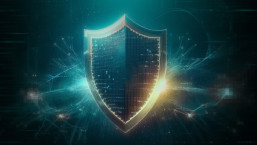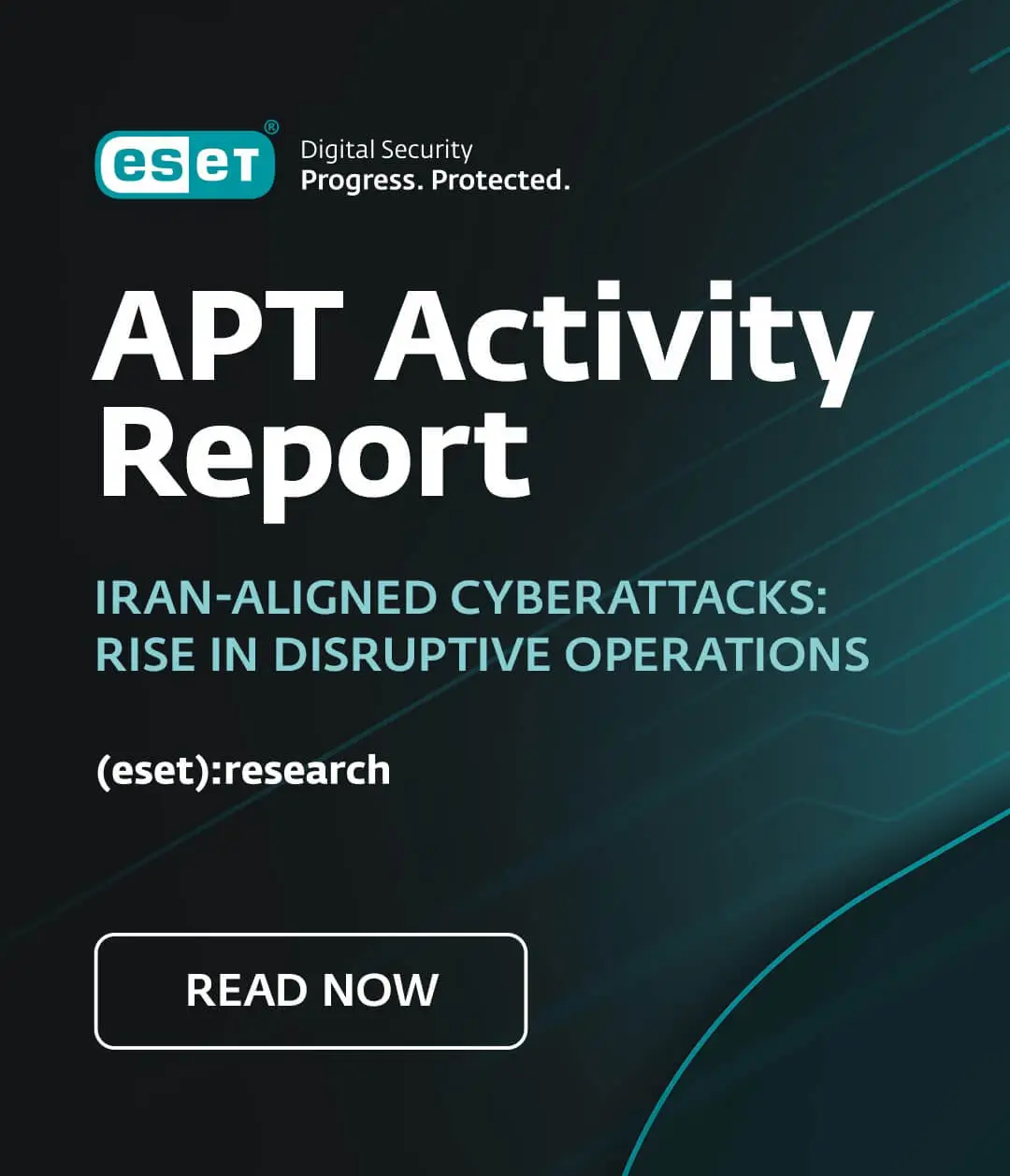October is a month associated with many things, including stunning fall foliage displays and various global and national celebrations. In many parts of the world, people are thinking up costumes for the parties that will be happening in the run-up to the scariest day of the year – Halloween. Yet, there is one more thing October is about, and it is by no means the ever-present smell of pumpkin spice. A subject that if overlooked can be far more terrifying than the ghastliest Freddy Kruger costume – cybersecurity.
Unfortunately, that is no exaggeration. With technology now being an integral part of everyday life and many tasks transitioning from the analog to digital space, it is now more important than ever to protect our digital lives from continuously evolving cyber-threats. Long story short, for cybercriminals everybody is a potential target; government official, celebrity, tech CEO, or average John Q. Public – they don’t discriminate.
However, governments and their agencies are well aware of these threats, so in a bid to educate their citizens to do their bit and be responsible netizens, they raise awareness using various campaigns. October has been chosen for such initiatives, being designated European Cyber Security Month (ECSM), and Cyber Security Awareness Month (CSAM) in the United States and Canada.
Over the course of the month, the campaigns feature several main themes, with each week dedicated to a different one of them. This year's overarching theme of CSAM in the US is “Do Your Part. #BeCyberSmart.” The key message “If you connect it, protect it” focuses on the increasing inter-connectedness of our world and the Internet of Things (IoT), including against the backdrop of the current trying times of COVID-19.
We are connected more than ever before, with internet-enabled devices steadily becoming more integrated into our lives with each passing day. We use voice assistants to help manage our daily activities, our smartphones are connected to our security cameras and smart doorbells as well as smart household appliances; you can now check if your washing machine has finished its cycle or if your dinner has been properly heated. Everything is available at the tap of a finger on your smartphone’s screen.
However, all of these marvels of technology also introduce a slew of potential risks and avenues for cyberattacks. But being aware of how these devices impact our lives and what risks they carry allows us to handle them more responsibly and take steps to mitigate those risks. It’s also worth noting that the current pandemic has changed how people work and even study, with technology shouldering the brunt of the transition of doing almost everything from home. The transition also introduces its own vulnerabilities that people need to be aware of.
By raising the collective awareness of these threats and vulnerabilities, initiatives such as CSAM and ECSM aim to ensure that everyone does their part and contributes to increased safety and security online. When everyone is responsible, and everyone does their part, it increases global cyber-immunity and reduces the risk of getting cyber-infected.
WeLiveSecurity is happy to do its bit with a series of four articles that will be aligned with these weekly themes:
Week of October 5th: If you connect it, protect it
Week of October 12th: Securing devices at home and work
Week of October 19th: Securing internet-connected devices in healthcare
Week of October 26th: The future of connected devices
Stay tuned – and safe!





